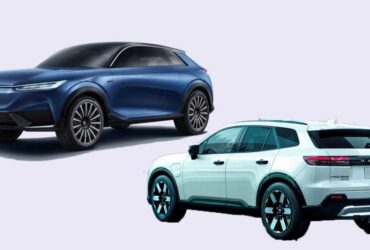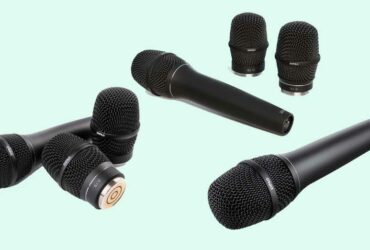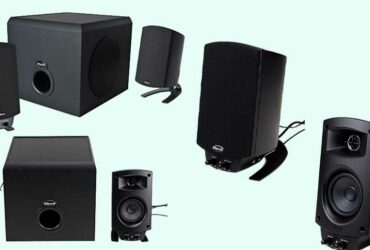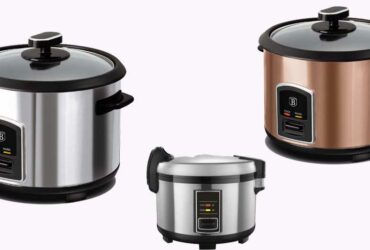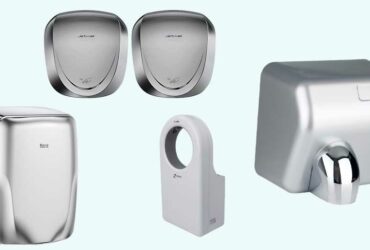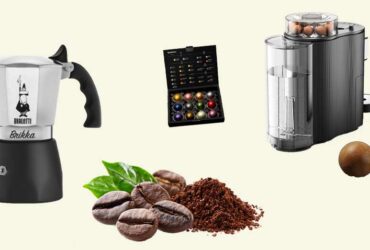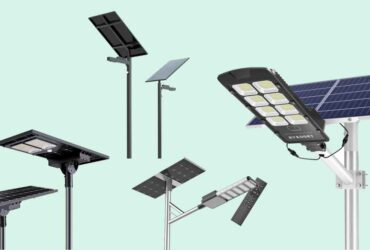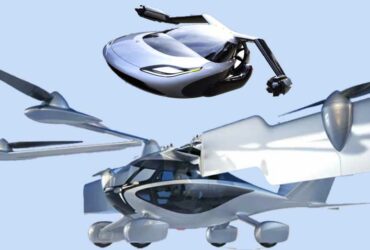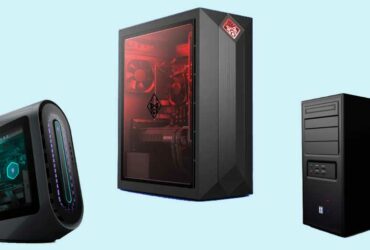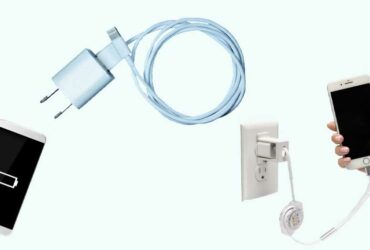What constitutes an automobile engine’s primary components? Why is it crucial to understand them? Find out by reading on!
The internal combustion engine’s (ICE) combination of two processes—the fuel’s ignition and combustion within the engine itself—is what makes vehicles move. The energy from the combustion is then partially transformed by the engine into heat and mechanical torque.
The engine is made up of various distinct components functioning in tandem for this to happen (all essential).
Starting with the cylinders and on to the camshaft, this article discusses four of the most important major components of an automobile engine:
The engine block, which is the foundation of the vehicle’s engine, is frequently constructed of iron or aluminum. It is separated into three fixed sections: cylinder head, block, and crankcase, and holds nearly all of the engine’s essential parts, including the pistons, crankshaft, and connecting rods.
The cylinders (4–16 metal tubes, depending on the type of vehicle) are housed inside of its perforations, and the diameter of each cylinder determines the engine displacement. where the piston rotates as the fuel burns. The crucial coolant and oil flow routes, needed for cooling, are located in a few additional holes in the engine.
The movement of the piston initiates the rotational force that is applied to the wheels. Our cars are propelled by the energy produced during the combustion cycle, which is transferred to the crankshaft via pistons.
The heat and expanding gases force the pistons up and down inside the cylinders to accomplish this. The crankshaft of the engine, which is attached to the pistons by rods, then rotates and drives the vehicle’s drive wheels.
This is situated in the lowest portion of the engine block and functions at engine speed to transform the piston’s linear (up and down) motion into a rotating and reciprocating motion.
It is a carefully machined part since its proper operation depends on extremely precise balancing. To prevent losing equilibrium while rotating at a high speed, it features perforations.
The basic structure of the engine is the camshaft. By applying pressure to the end of the valve stem, it controls the time of valve opening and closing. It is necessary in order to start the engine; otherwise, it cannot.
On the other hand, the camshaft converts the crankshaft’s rotating motion back to linear motion.
There are more crucial components for the right operation of the engine, such as the cooling system, even though the performance of your vehicle’s engine will be determined by the proper operation of all the major components of a car engine stated above.
Due to combustion and the continual movement of its parts, the engine can attain high temperatures when it first starts. This could cause the engine to overheat and produce a breakdown, which in many situations could be catastrophic for the engine, if there isn’t a proper cooling system to help the engine heat away from the system.
The water pump, the center of the cooling system for efficient engine operation, is hidden beneath the timing belt’s cover.
The heat is able to escape to the outside air by forcing coolant through the engine block of the car. Without it, the engine would malfunction due to overheating.
Thermostats, timing kits, chain and belt timing kits, and water pumps for both passenger and commercial vehicles are all available from DOLZ. Explore our extensive selection of items to get the full experience. Considering safety since 1934.

